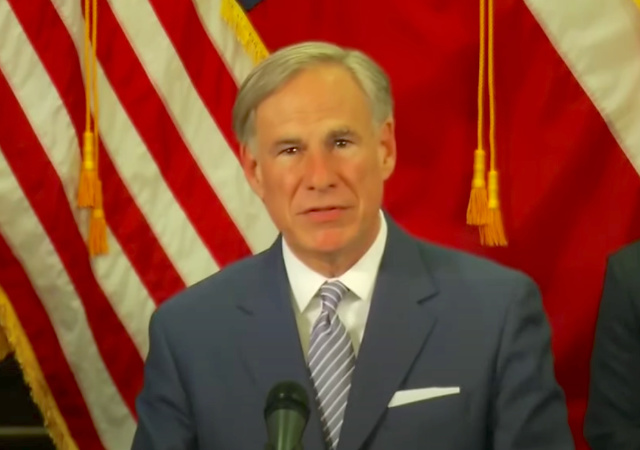Massive Winter Storm Frosts Texas Causing Blackouts and Higher Energy Prices

See correction at bottom
We have often written about the environmental impact that green energy policies have had, include the effects of wind energy technologies on bird populations and the quality of life in adjacent properties.
A massive winter storm in Texas has frosted the wind turbines that are a crucial source of alternative energy, causing power outages and heating electricity prices.
Ice storms knocked out nearly half the wind-power generating capacity of Texas on Sunday as a rare deep freeze across the state locked up turbine towers while driving electricity demand to record levels, the state’s grid operator reported.Responding to a request from Governor Greg Abbott, President Joe Biden granted a federal emergency declaration for all 254 counties in the state on Sunday, authorizing U.S. agencies to coordinate disaster relief from severe weather in Texas.The winter energy woes in Texas came as bone-chilling cold, combined with snow, sleet and freezing rain, gripped much of the United States from the Pacific Northwest through the Great Plains and into the mid-Atlantic states over the weekend.
Some parts of Texas resembled California.
Large swaths of Dallas, Houston and other cities are being plunged into darkness for an hour at a time — and in some cases longer — as surging demand for heat pushes the state’s power grid to the brink. Outages are expected to continue into early Tuesday, grid operators said during a briefing Monday.“Every grid operator and every electric company is fighting to restore power right now,” said Bill Magness, head of the Electric Reliability Council of Texas, which runs the state’s grid.The average spot price for power across the Texas grid hit the state’s $9,000 per megawatt-hour price cap shortly after 9:30 a.m. CT.
Perhaps the best part about all the “green energy” reduction in fossil fuels is using a fuel-burning helicopter to deice the blades.
Interestingly, another hazard associated with wind turbines in winter is “ice throw.”
…[A] 2006 publication by G.E. Energy, a maker of large wind turbines, warns that “rotating turbine blades may propel ice fragments some distance from the turbine — up to several hundred meters if conditions are right.”Its recommendations include placing fences and warning signs around turbines, and locating them a safe distance from buildings or roads. They also recommend deactivating turbines when ice begins to form.A Swiss report last year, titled “Wind Turbine Ice Throw Studies in the Swiss Alps,” focused on a turbine near a ski area. That report found ice throw to be a “significant safety risk.” The most dangerous place for ice was underneath the turbine, but about 5 percent of fragments landed more than 80 meters — or 260 feet — from the turbine.
Environmental activists always accuse the fossil fuel industry of lying about risk and ecological impacts. When it comes to wind energy, one has to question the motivation behind those who decided to set-up the Texas power grid to heavily rely on a source of energy with demonstrable issues in severe weather conditions.
———-
Correction: The image originally used, pulled from the video at the bottom of this post, was not of a windmill in Texas. We have substituted a new image. Additionally, it is disputed that loss of windmill power caused the blackouts, as other energy production facilities also failed, so we have modified the headlines.
CLICK HERE FOR FULL VERSION OF THIS STORY